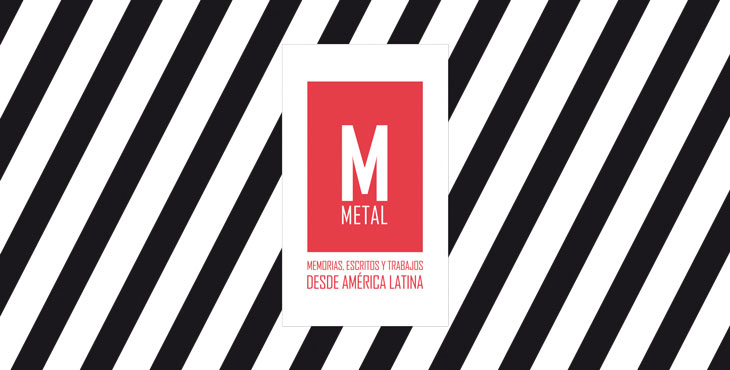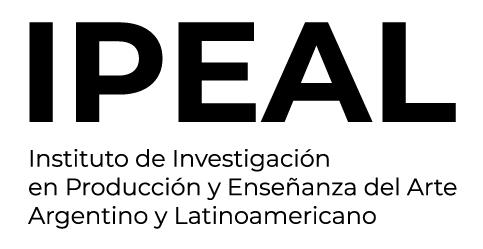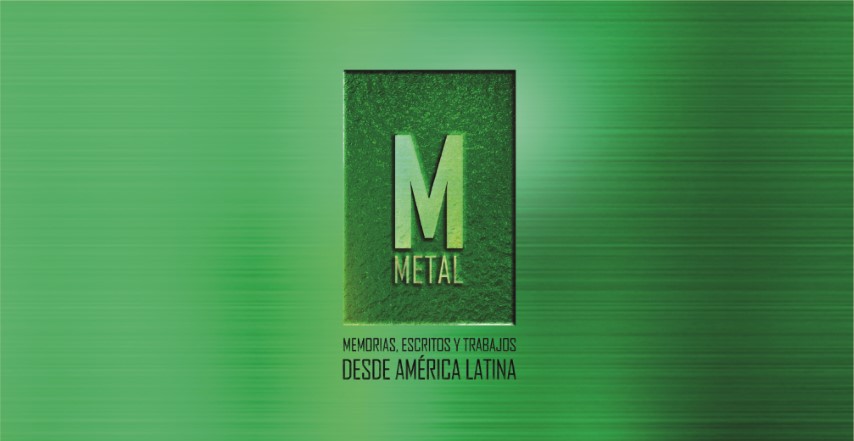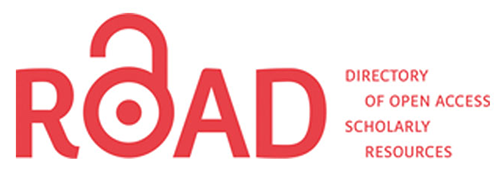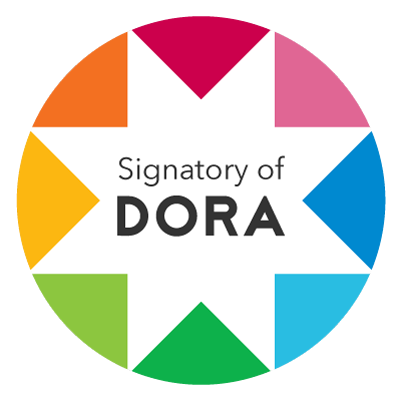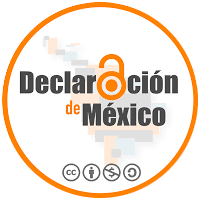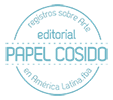Lihuén: Cosa e’ Mandinga. Proyecto colectivo transmedia
Abstract
Lihuén: Cosa e’ Mandinga es un proyecto colectivo transmedial de animación. Su relato se basa en mitos y en leyendas populares argentinas y está orientado a un público infantil de entre cinco y siete años. El proyecto surgió de manera autogestiva entre docentes y estudiantes de la Facultad de Bellas Artes (FBA) de la Universidad Nacional de La Plata (UNLP), en el marco de los cursos y talleres de la Secretaría de Extensión. Este proceso derivó, luego, en una tesis colectiva de grado y, finalmente, se consolidó como una productora —Piuke— que continúa en actividad hasta el día hoy.References
Burgardt, B. M., Cominotti, G., López Annes, M., Pellendier, A., Tapparo, C. S., Winchel Peano, B., Zandarin, R. (2018). Lihuén: Cosa e’ Mandinga. Las narrativas transmedia y los flujos de trabajo entre las diferentes áreas artísticas (Tesis colectiva de licenciatura). Recuperado de http://sedici.unlp.edu.ar/handle/10915/70377
Riera Muñoz, P. D. (2013). Narrativa, música y transmedia en Nier: hacia una nueva obra de arte total. Caracteres. Estudios culturales y críticos de la esfera digital, 2(1). Recuperado de http://revistacaracteres.net/revista/vol2n1mayo2013/narrativa-musica-y-transmedia-en-nier-hacia-una-nueva-obra-de-arte-total/?shared=email&msg=fail
Scolari, C. A. (2014). Narrativas transmedia: nuevas formas de comunicar en la era digital. Anuario Ac/E de Cultura digital. Recuperado de http://www.accioncultural.es/media/Default%20Files/activ/2014/Adj/Anuario_ACE_2014/6Transmedia_CScolari.pdf
Downloads
Published
How to Cite
Issue
Section
License
The acceptance of the manuscript by the magazine means the non-exclusive cession of the property rights of the authors in favour of the editor, who allows the reuse, after publication (post print), under a license Attribution-NonCommercial-NoDerivatives 4.0 International.
According to these terms, the material can be copied and redistributed by any means or in any format as long as a) the author and original source of the publication are quoted (magazine and URL of the work), access to the license is provided and whether changes have been made is mentioned; and b) the material is not used for commercial purposes.
The cession of non-exclusive rights means that after the publication (post print) in Metal the authors can publish their work in any language, means and format; in such cases it must be mentioned that the material was originally published in this magazine. Such cession also means the authorization of the authors for the work to be collected by SEDICI, the institutional archive of the Universidad Nacional de La Plata, and to be spread in the databases that the editorial team considers appropriate to increase the visibility of the publication and its authors.
Moreover, the magazine encourages the authors to deposit their productions in other institutional and thematic archives under the principle that offering the society the scientific and academic production without any restrictions contributes to a greater exchange of the global knowledge.

